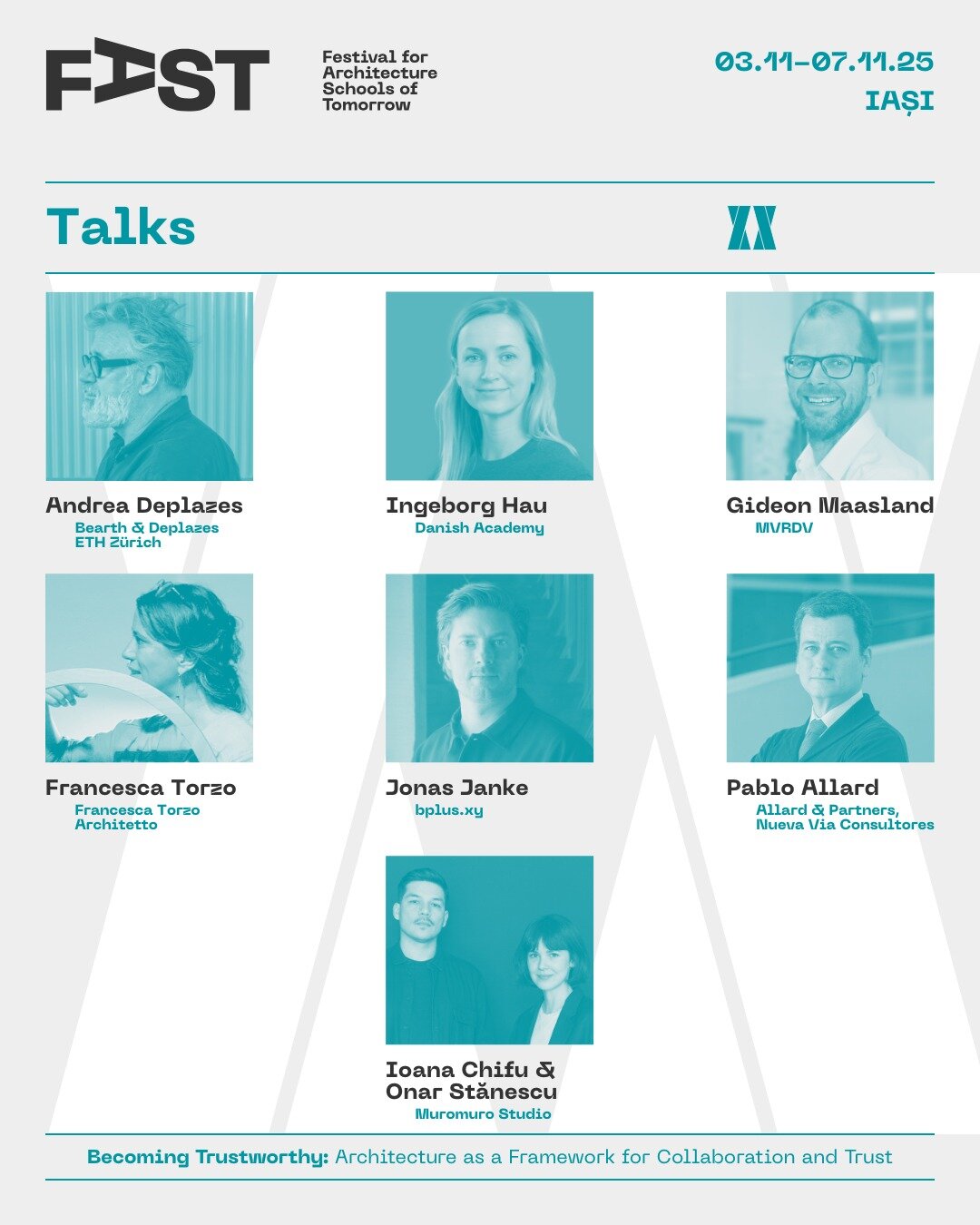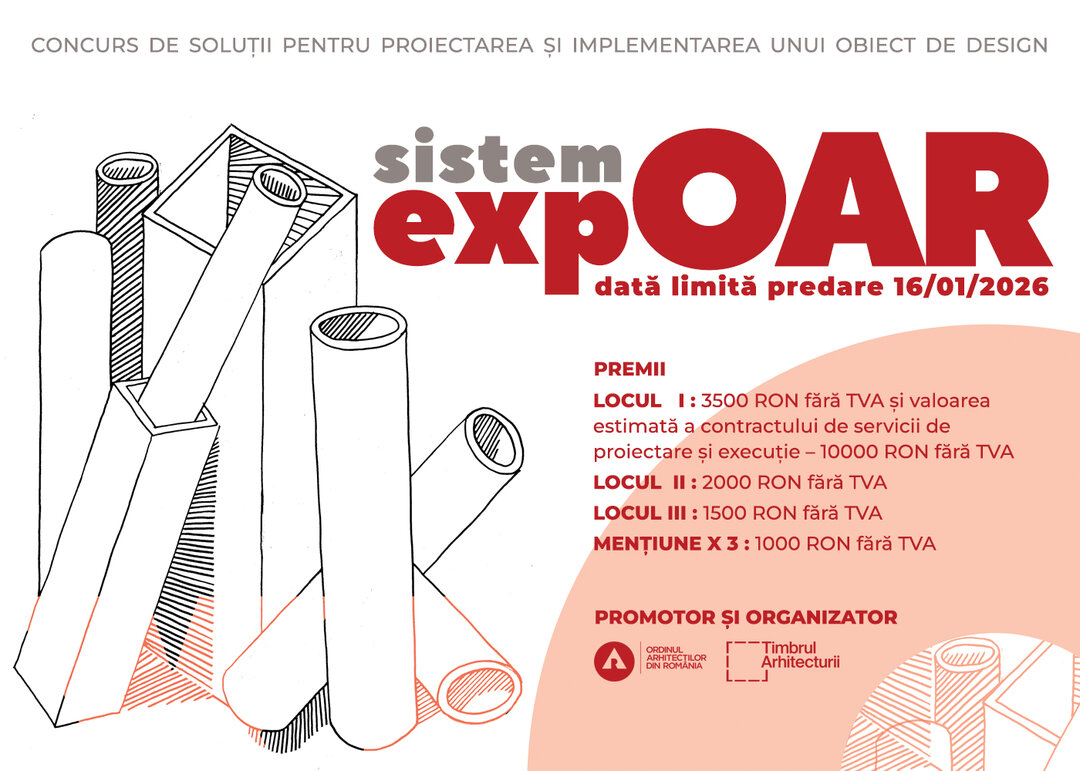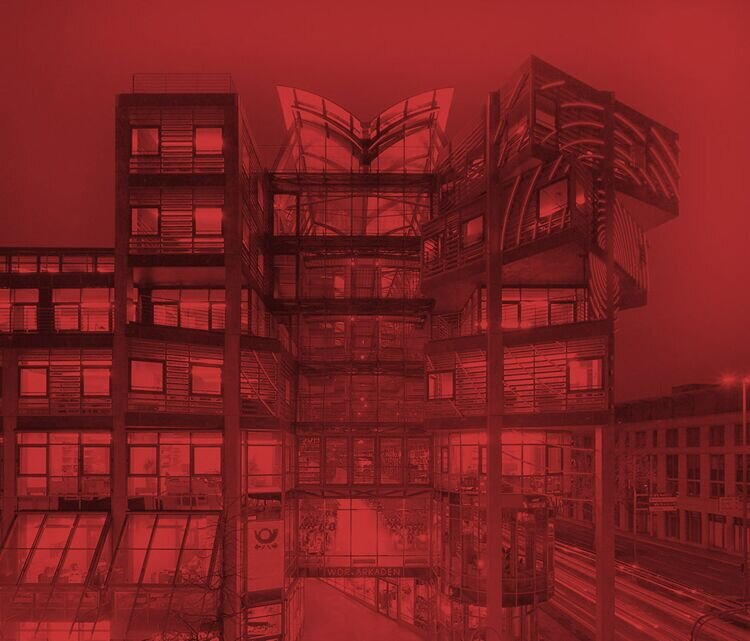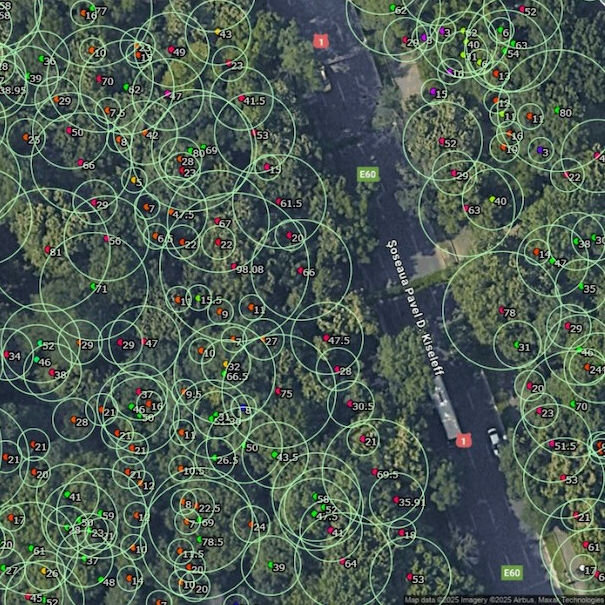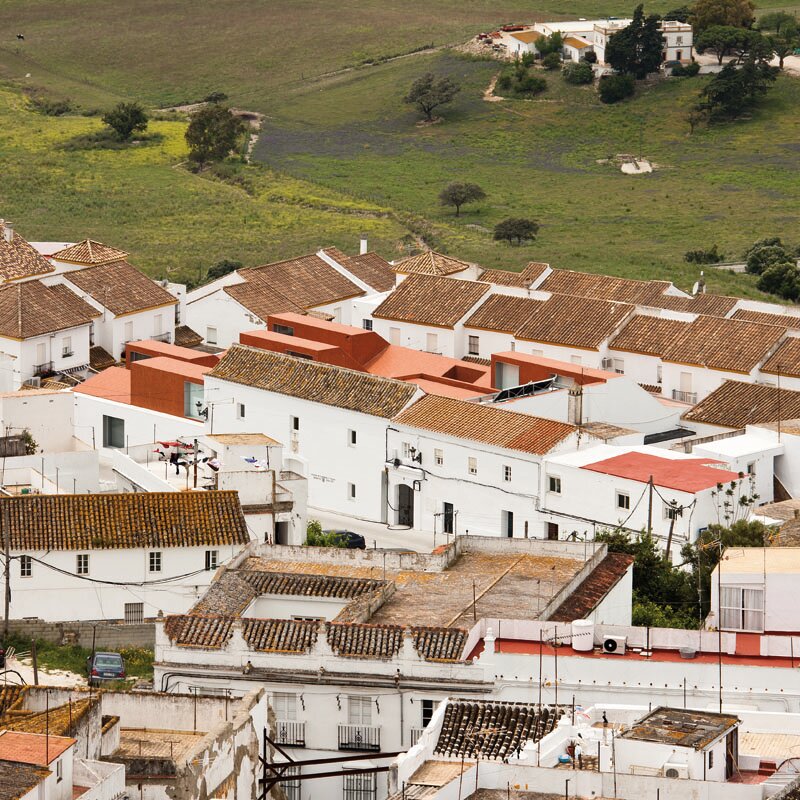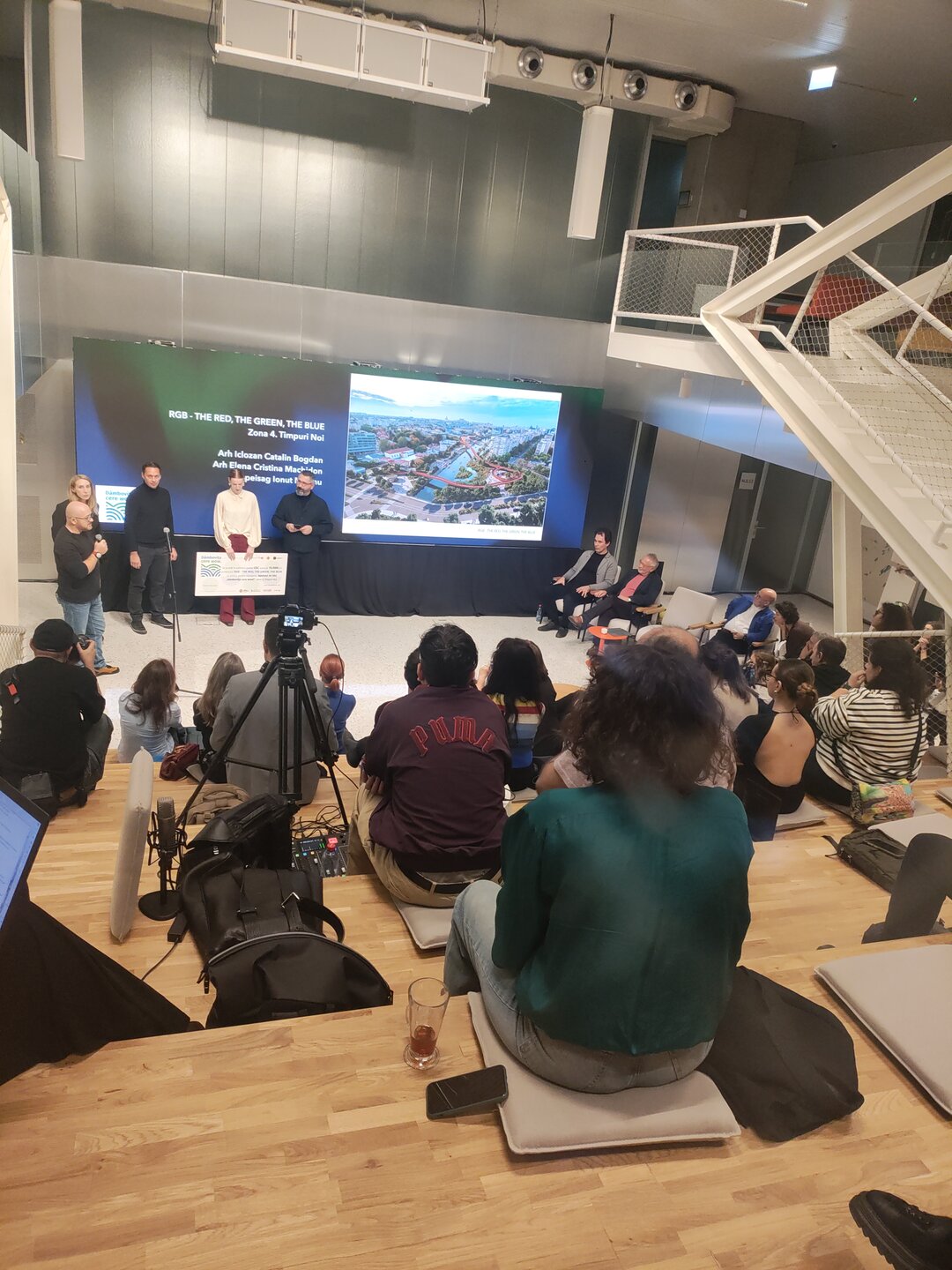
Cooking School in Ancient Slaughterhouse
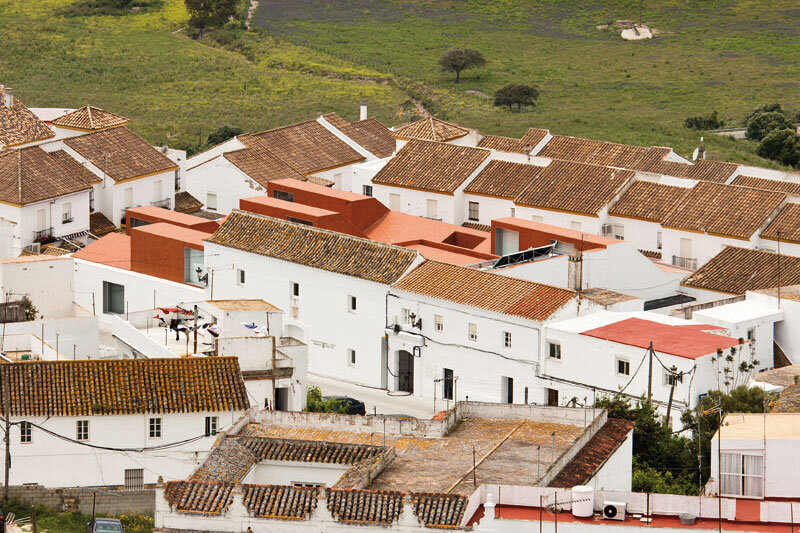
Cooking School in Ancient Slaughterhouse
22.05.2013
Two thousand and seven hundred years ago the Phoenician people built a temple dedicated to Hercules in the current city of Medina Sidonia. Medina is a historic town in the hills in Cadiz, Spain. Its houses are known for their whitewashed walls and their ceramic roofs. The project involves adapting an ancient slaughterhouse, built in the XIX century, into a Professional Cooking School. The slaughterhouse was composed by a small construction around a courtyard and a high white wall that limits the plot. The empty space inside the plot was used to keep the cattle before being sacrificed.
Acting in the historic city has something of adapting, taking shelter or settling in its empty spaces. The density of the architecture of the ancient slaughterhouse of Medina Sidonia, where brick walls, stones and Phoenician columns coexist, contrasts with the empty space inside the plot, limited for the white wall. The project proposes to catch this space through a new ceramic roof that limits the new construction and consolidates the original building. If we observe Medina Sidonia from a distance, this seems a unique ceramic work molded by the topography of Medina. The Professional Cooking School uses this idea of the molded ceramic plane to draw the geometry of its new covert.
The new covert lends unity to the built complex and interprets the traditional construction of the place, ceramic roofs and whitewashed walls. Under this cover is housed the didactic program, kitchen and classrooms, while the public program, didactic dinning and bar, are situated in the original building around the restored courtyard. The original building is liberated of strict functional requirements; the ancillary uses are placed around it in the new construction. The new uses are separated of the original building through circulation spaces that record the entire ancient perimeter. Some little courtyards are inserted in the new volume, working as ventilation shaft, and are cultivated with different culinary plants which are used by the students to cook.
At the original building, the ancient floor structures were replaced by slabs of concrete with wooden formwork that recognize traditional building forms. The walls were covered by a white and rough lime mortar which tries to bring to mind the industrial past of the construction. The existing Phoenician columns, displaced from the disappeared Temple of Hercules, were been consolidated. All of those materials, even the time, built this place.
María González y Juanjo López de la Cruz. Sol89






